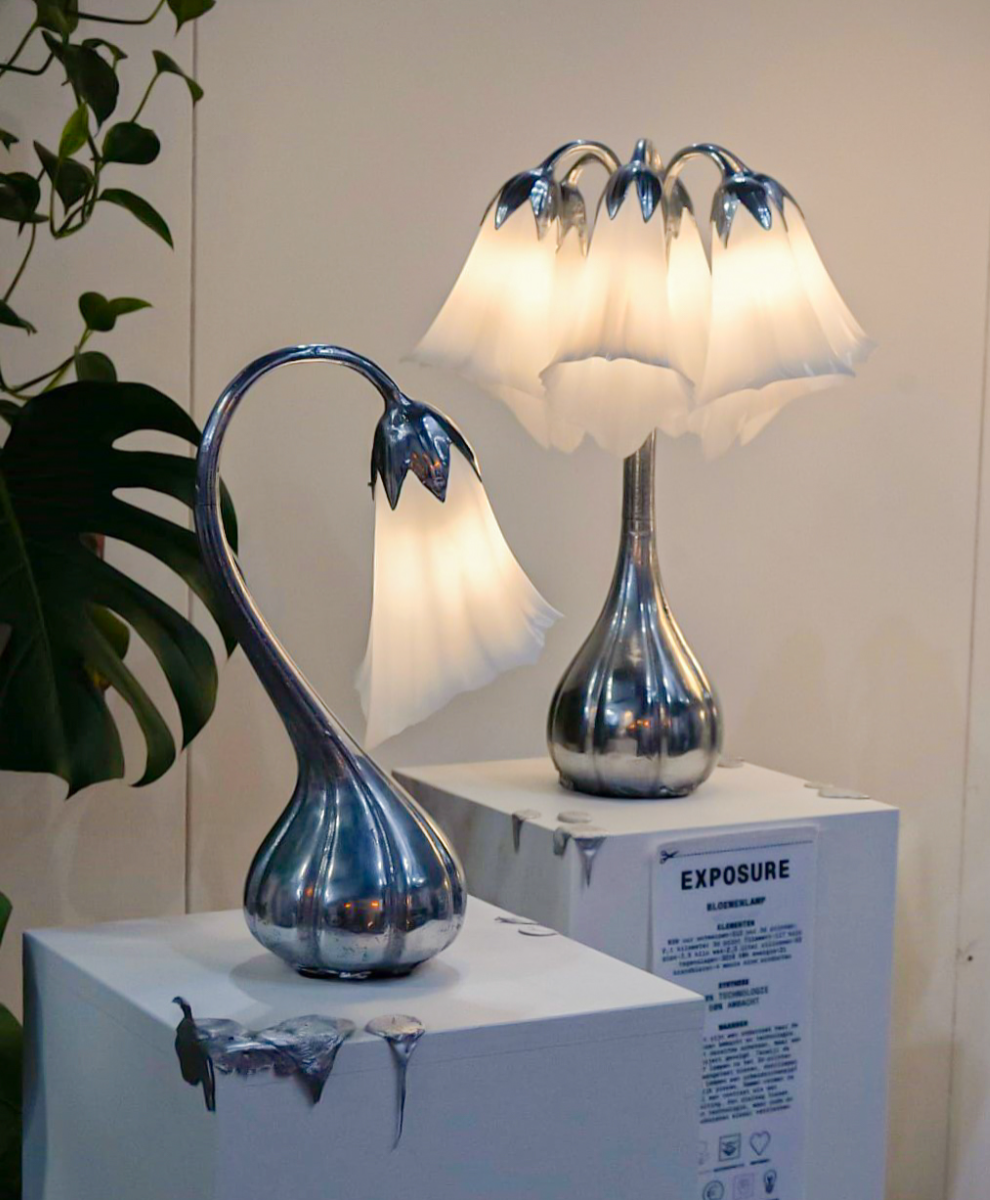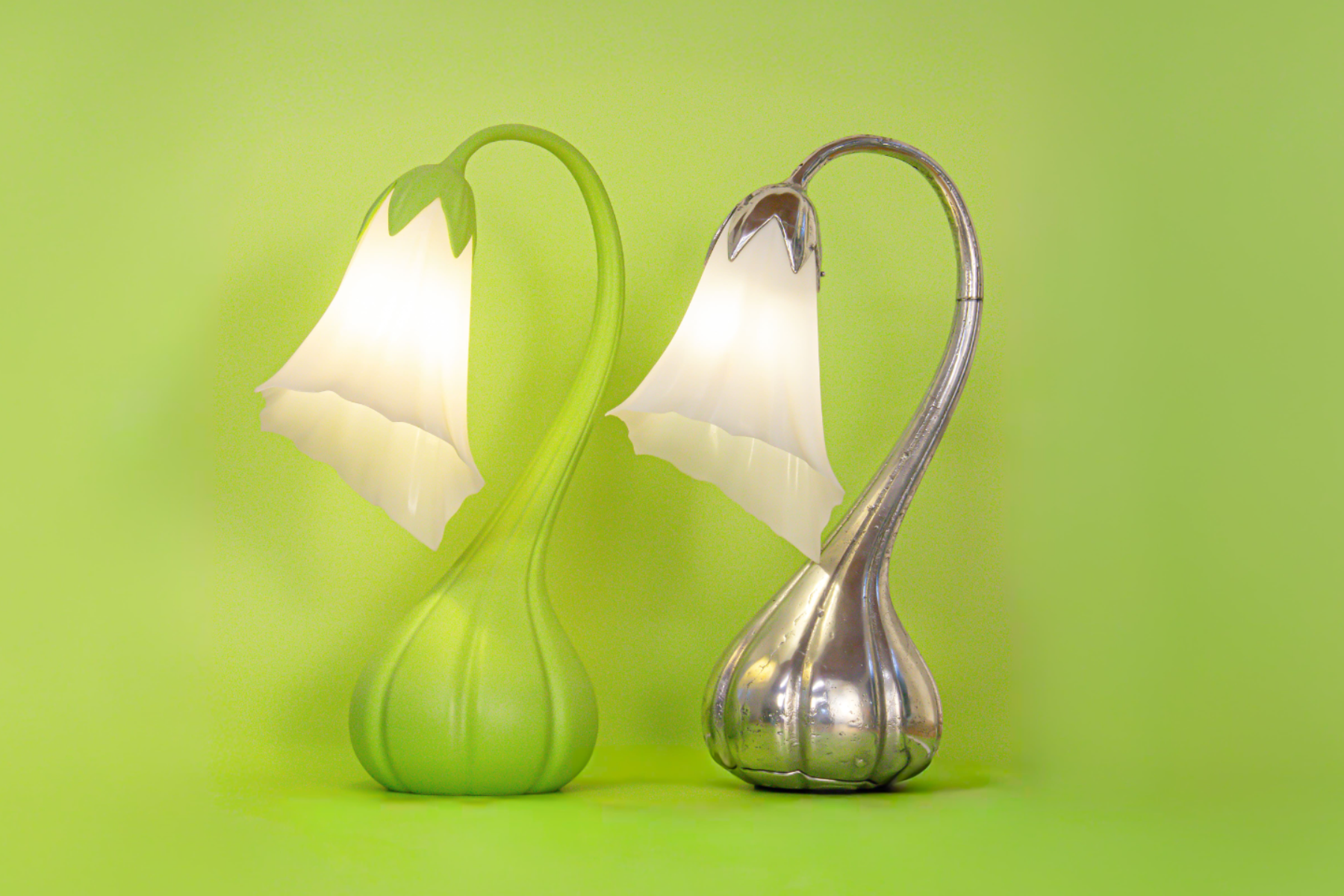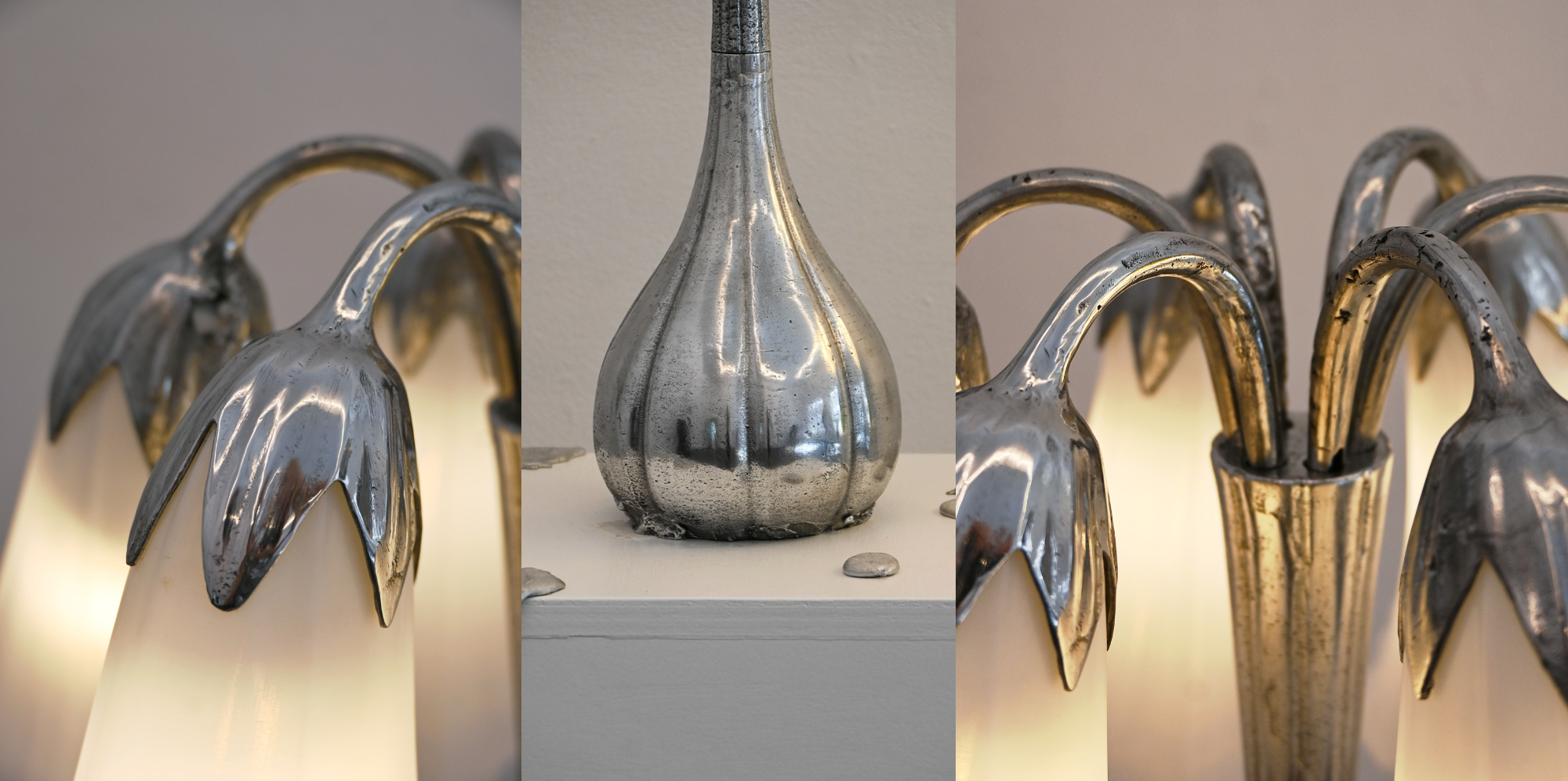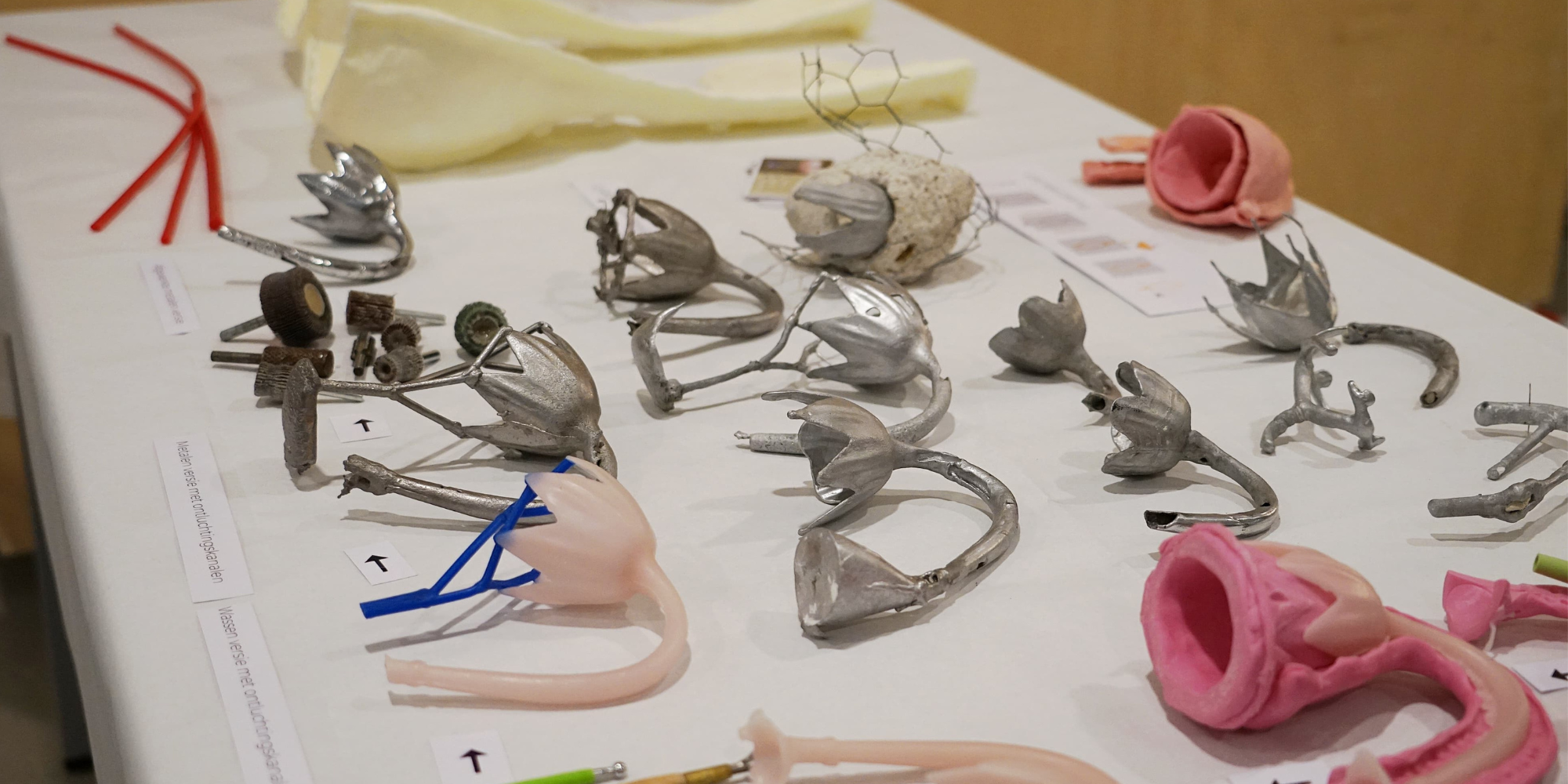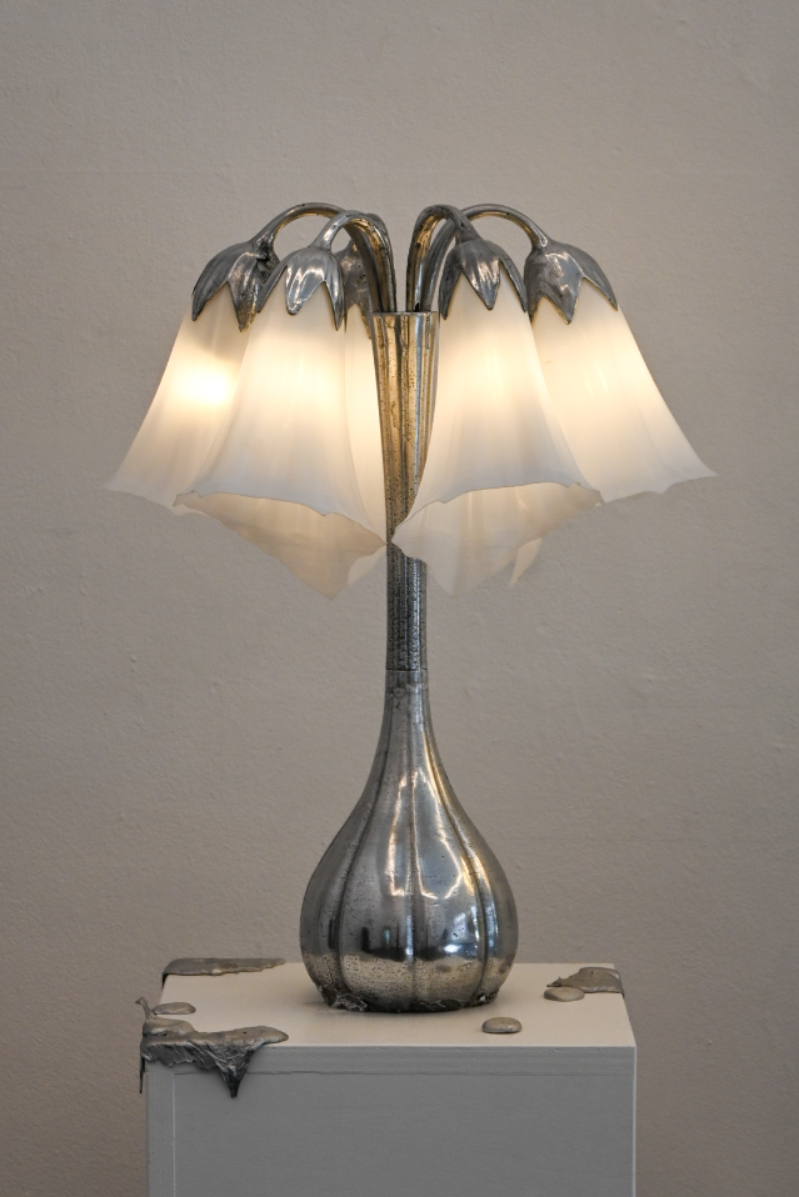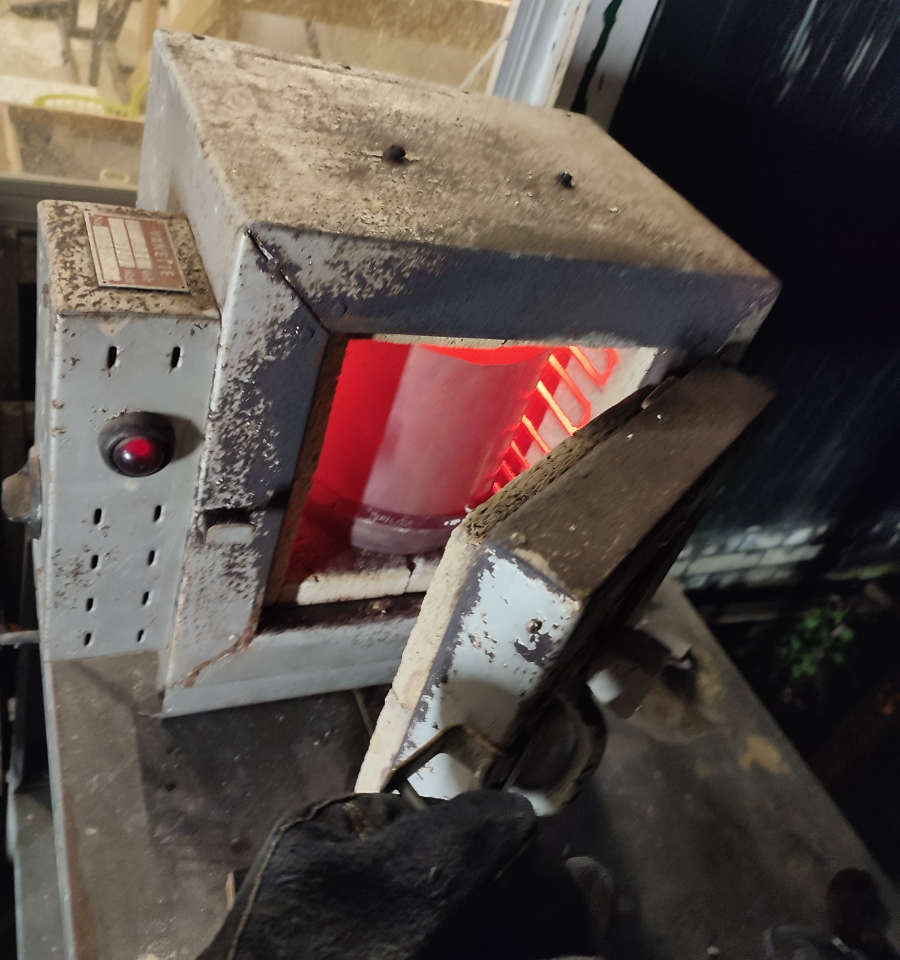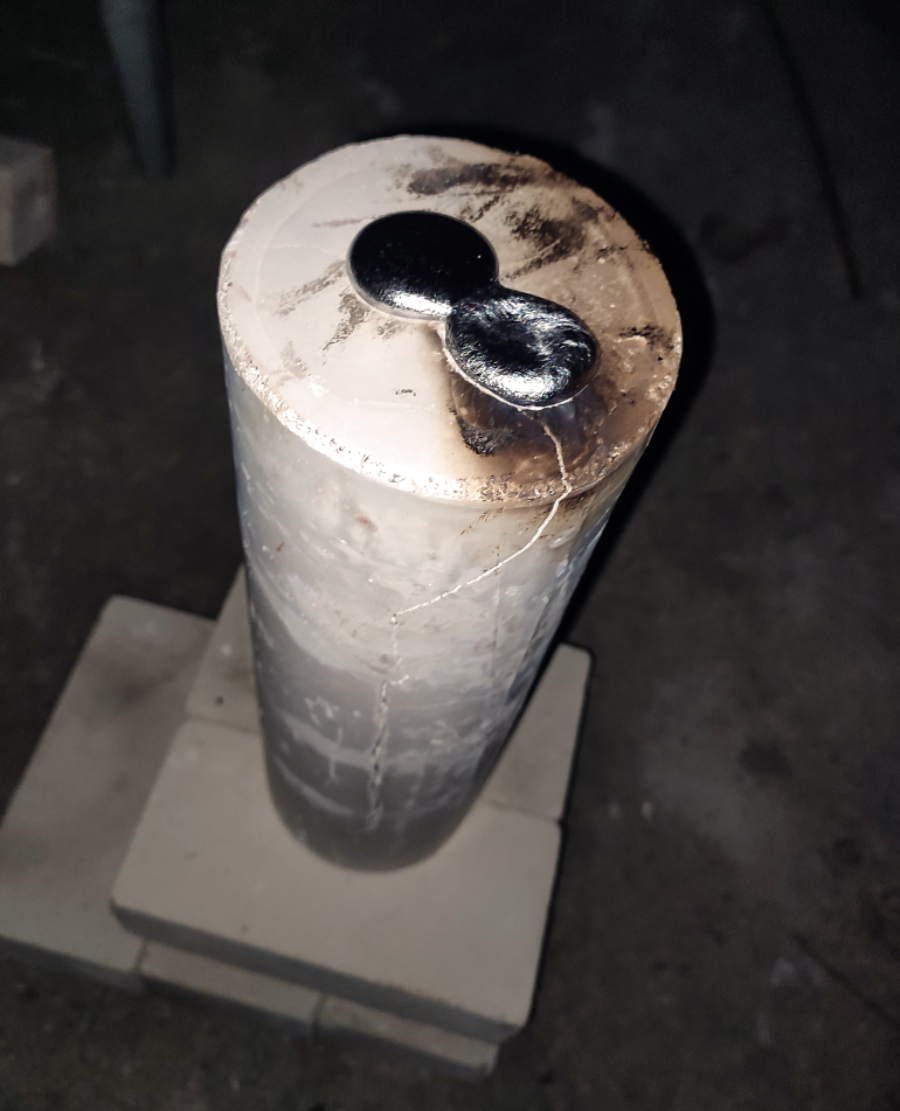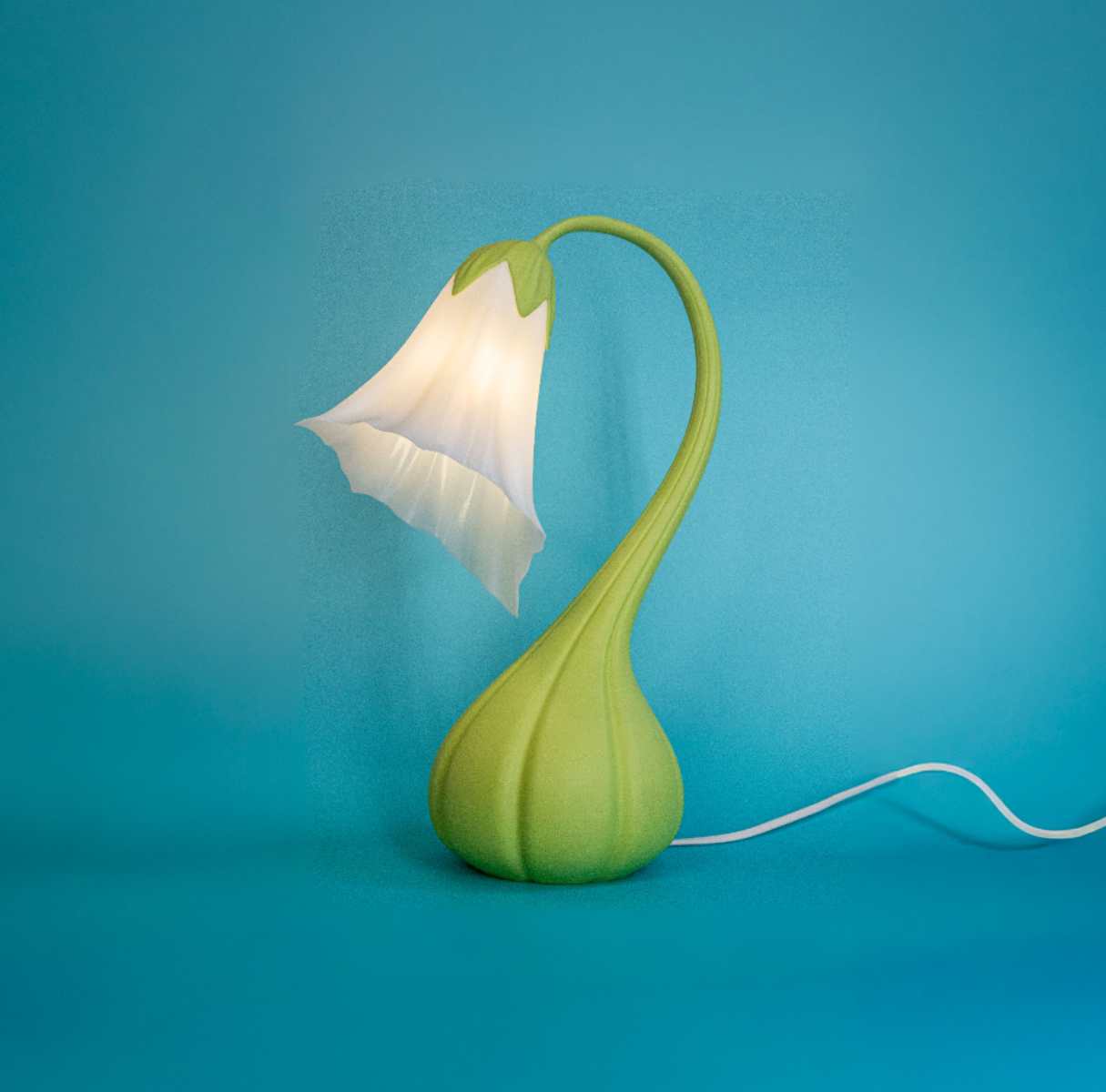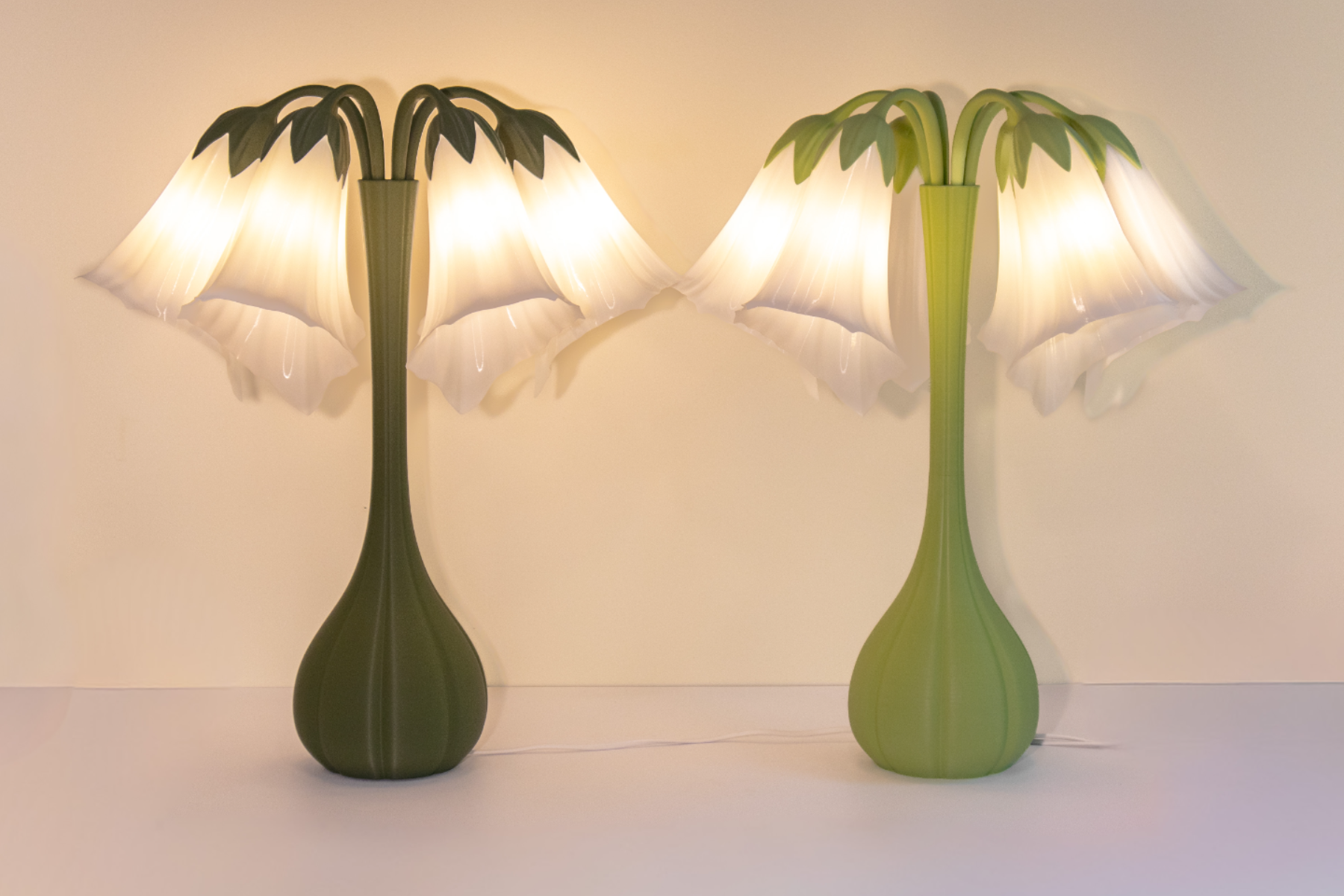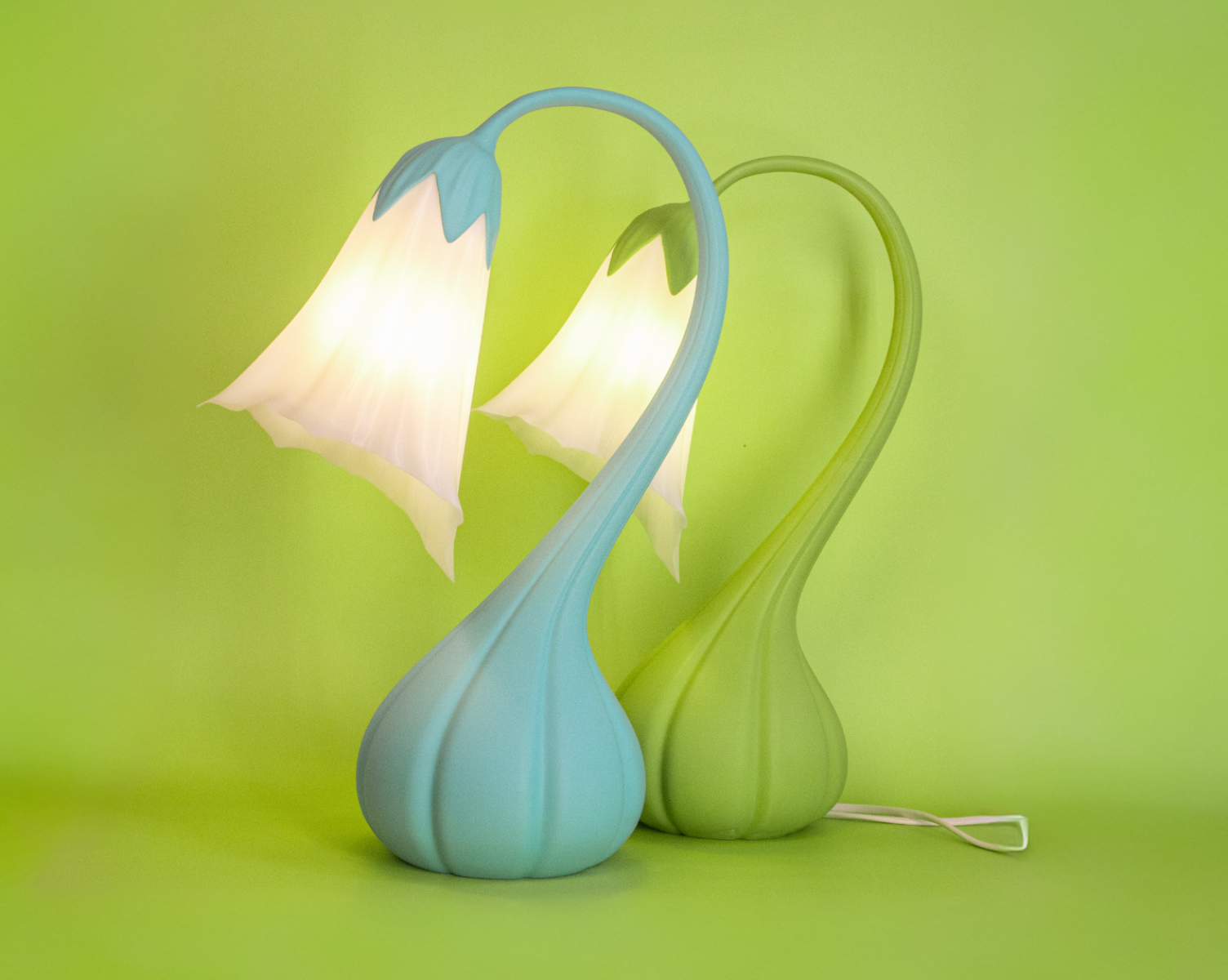Lydia Nieuwmeijer
Product Design BDes
HKU Utrecht School Of The Arts
Graduates: 2025
Specialisms: Product Design / Lighting / Industrial Design
My location: Amsterdam, Netherlands
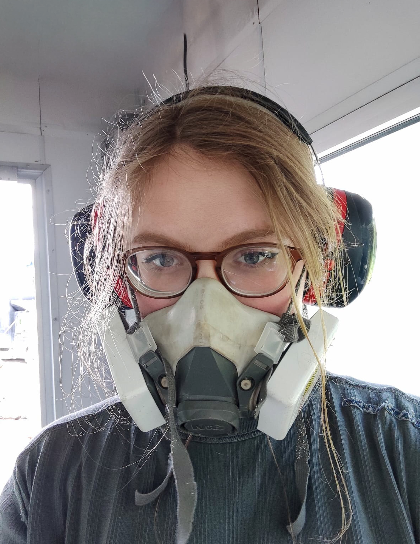
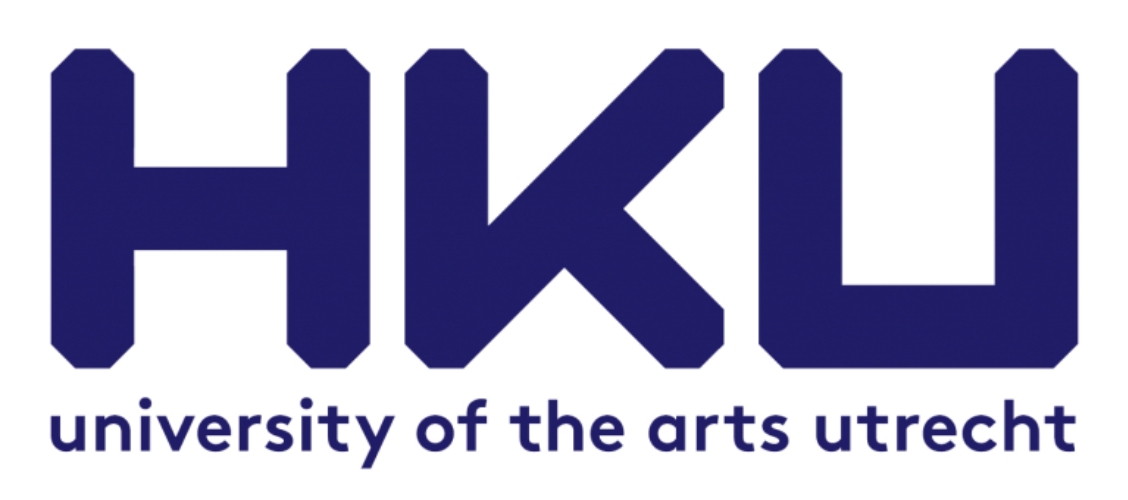
Lydia Nieuwmeijer

First Name: Lydia
Last Name: Nieuwmeijer
University / College: HKU Utrecht School Of The Arts
Course / Program: Product Design BDes
Graduates: 2025
Specialisms: Product Design / Lighting / Industrial Design
My Location: Amsterdam, Netherlands
About
These lamps explore the balance between craft and technology. They originate from the same sketches and digital designs, but have followed two different paths. The plastic lamps were 3D-printed and then carefully post-processed. The metal lamps underwent a labor-intensive, artisanal process: molds were created, lost-wax techniques were applied, and the metal was finished, sanded, and polished. By using techniques such as 3D modeling and 3D printing, I am able to create any form I want. Where I would normally be limited by my own skills, for example, when striving for perfect symmetry and flawless curves, I now have that freedom, because I leave that part to technology. This way, I avoid the limitations of handwork, while still maintaining the same characteristic finish. Together, the lamps form both a contrast and a fusion. A dialogue between craft and technology, where old and new techniques strengthen each other. Materials used: AZ91 (a magnesium alloy) and PETG (polyethylene terephthalate glycol) PLA (polylactic acid) and PETG (polyethylene terephthalate glycol)
Competitions

